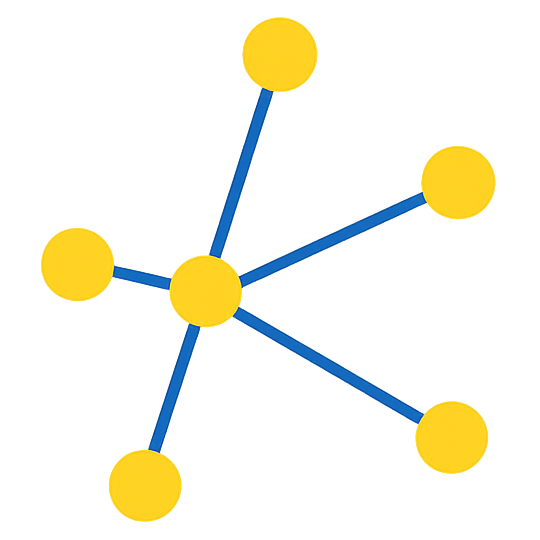The next era of social media: built and run in Europe, ruled by our laws.
Eurosky is building a European alternative to Big Tech social media and web services that is focused on innovation, user choice and open standards. Eurosky develops foundational software and services that enable entrepreneurs and startups to launch their products faster, cheaper and ready to scale.
eurosky
*Eurosky is an initiative of The Modal Foundation, a non-profit foundation (Stiftung) based in the Netherlands.COMING JANUARY 2026
One Account. Dozens of Apps.
We’re launching @eurosky.social, a European identity that works across the entire open social web. Get access to any app built in the AT Protocol, including Bluesky, Flashes, Tangled, and many more. Hosted in Europe, governed in Europe. [Launching January 2026]
THE PROBLEM
Today, social media is critical technology. It shapes information flows, social norms, and political discourse. Yet Europe runs on US-owned systems whose architectures remain outside European jurisdiction and democratic control.
Regulation can constrain platforms, but without alternative technology, the dependency remains. A sovereign continent cannot outsource its public communications layer.
THE OPPORTUNITY
A new generation of open social media ecosystems built on open protocols offer choice, user control over data and algorithms, and a shared foundation for developers. These open systems discourage the domination of any one company. AT Protocol is one open protocol that is showing a lot of promise.
AT Protocol enables real interoperability: users can move between services without losing their networks, and developers can build applications that work across the entire ecosystem. Bluesky, the largest app built on the protocol, already has over 40 million users, demonstrating that this technology works at scale.
For Europe, this is our chance to build competitive alternatives to Big Tech. But we need European-hosted infrastructure to make that possibility a reality.
THE SOLUTION
Eurosky builds the foundations that make it cheaper and faster for European entrepreneurs to create social applications and for users to reclaim their online experiences.
One Account, Dozens of Apps
Your Eurosky account works across the dozens of open web apps and services - hosted in Europe, governed in Europe. Switch apps, keep your network. [Launching January 2026] Sign up today for updates and to be the first to register.
This is just the start.
MISSION
Eurosky exists because Europe needs technological sovereignty and democratic resilience in its digital infrastructure.
We build and maintain shared infrastructure on open protocols that enables European entrepreneurs to launch social applications faster and more affordably. We work collaboratively and transparently, guided by principles of interoperability, user control, and democratic values.
We serve European startups, media organizations, civic institutions, and anyone building applications that put users first. Together, we're creating an ecosystem where multiple companies can compete and thrive — with European values embedded from the start.
VISION
Our vision is of a thriving open social web for Europe.
We envision a future where a significant share of Europe's social media market runs on open protocols, powered by European companies and governed by European values — without monopoly power, opaque algorithms, or extractive incentives.
In this future, users control their data and identity, choosing from dozens of applications that compete on quality and innovation rather than lock-in. The infrastructure supporting our public discourse is accountable to democratic institutions, not foreign billionaires.
Can You Help Build This Future?
We're raising funding to scale this infrastructure and grow the ecosystem. If you're an investor or philanthropic funder who believes in European digital sovereignty and democratic resilience, let's talk.
Contact us at team@eurosky.social
